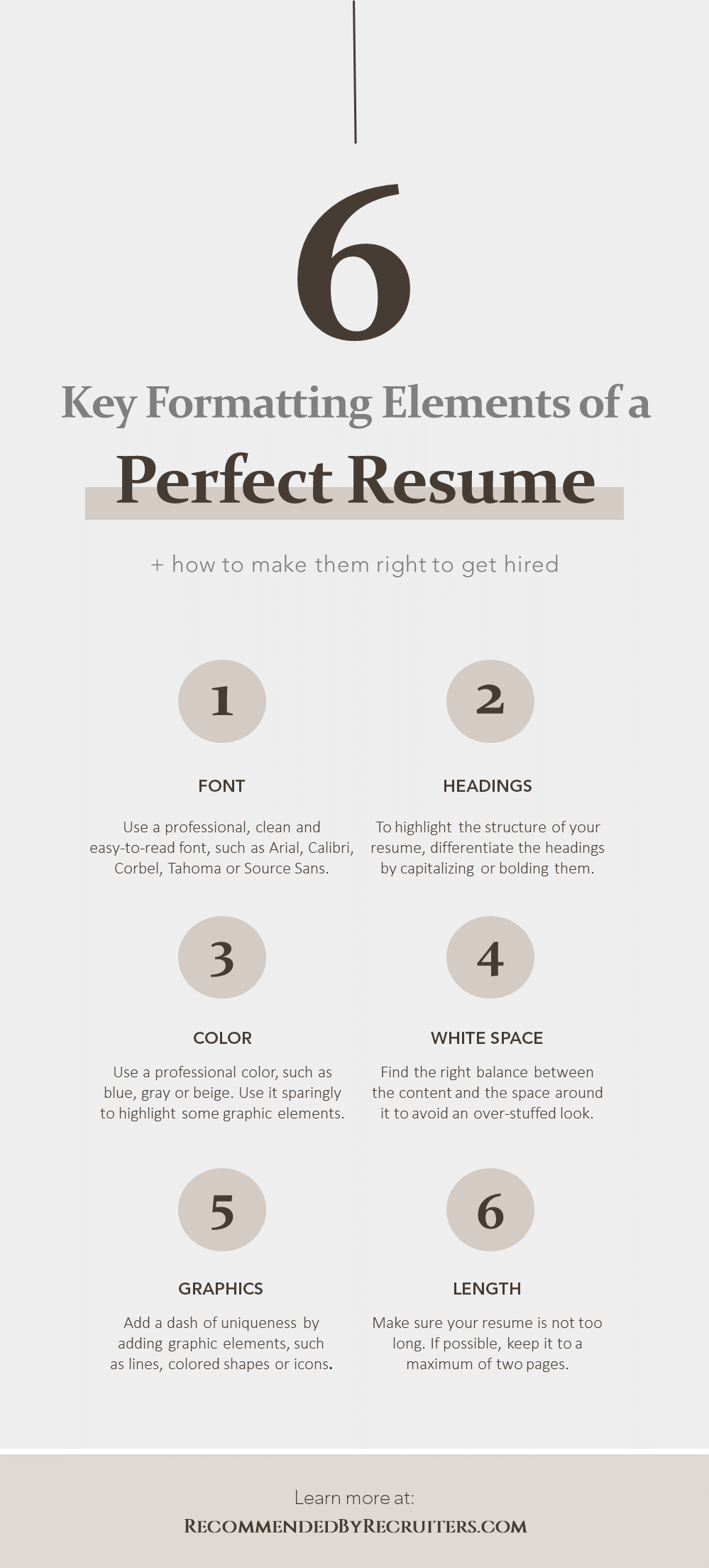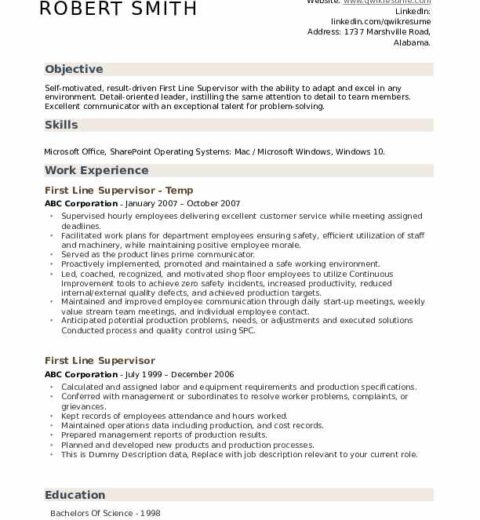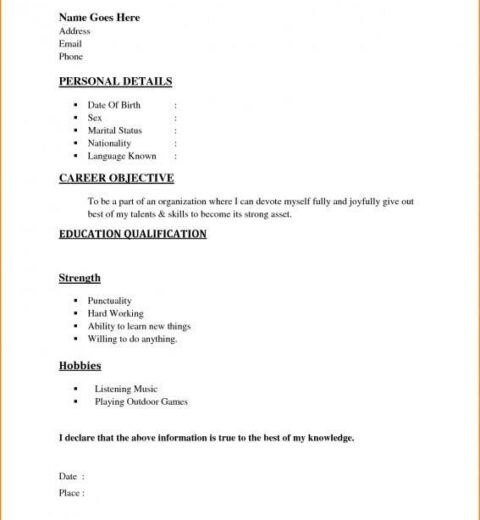In today’s competitive job market, crafting an impressive resume is no longer merely an option; it is a necessity. The resume serves as your first impression, a pivotal document that communicates your professional narrative. What distinguishes an exemplary resume from a mediocre one? Several key elements are essential for creating a compelling document. By juxtaposing conventional wisdom with innovative practices, we can unravel the ten must-have elements that make a good resume.
1. Tailored Content
The personalized touch of tailoring your resume to the specific position for which you are applying cannot be overstated. This proactive approach demonstrates genuine interest and an understanding of the job requirements. Research the company’s culture and values, then align your skills and experiences accordingly. A generic resume often fails to resonate in a crowded field; customization is your gateway to differentiation.
2. Clear Structure and Layout
Visual appeal is paramount in resume design. A clutter-free layout with distinct sections aids readability. Employing standard headings such as “Experience,” “Education,” and “Skills” helps recruiters navigate your documents with ease. Additionally, a strategic use of white space can enhance clarity, drawing attention to your most compelling qualifications. A well-organized resume is akin to a well-crafted story—it invites the reader in.
3. Concise Summary
At the outset, a succinct summary or objective statement can set the tone for the rest of your resume. This section should encapsulate your core competencies and professional aspirations in a few potent sentences. Avoid the pitfall of vague jargon; instead, employ precise language that encapsulates your unique value proposition. This immediate snapshot invites further exploration into your skills and experiences.
4. Quantifiable Achievements
Employers are often inundated with resumes filled with duties and responsibilities. To rise above the rest, focus on accomplishments that can be quantified. Instead of stating that you “managed a team,” express that you “led a team of 10 to achieve a 20% increase in sales within six months.” Numerical evidence lends credibility to your claims and provides context for your contributions, showcasing your impact in a tangible manner.
5. Relevant Skills
Incorporating a targeted skills section allows you to spotlight the competencies that are most pertinent to the job description. Opt for a mix of hard and soft skills; while technical skills demonstrate your ability to execute specific tasks, soft skills like problem-solving and teamwork convey your adaptability and interpersonal capabilities. Highlighting both types of skills presents a well-rounded professional profile.
6. Professional Experience
Your employment history is arguably the centerpiece of your resume. List your roles chronologically, beginning with your most recent position. For each entry, include your job title, the company’s name, and your tenure. Utilize bullet points to elucidate your responsibilities and achievements succinctly. This section should narrate a story of growth, progression, and acquired competencies, illustrating not just what you did, but how you evolved professionally.
7. Educational Background
While work experience often takes precedence, your educational background remains significant, especially for early-career professionals or those transitioning fields. Include your degrees, relevant coursework, certifications, and honors that pertain to the job at hand. The inclusion of this information offers insight into your foundational knowledge and can validate your qualifications.
8. Keywords
With the rise of Applicant Tracking Systems (ATS), incorporating industry-specific keywords has become crucial. These systems scan resumes for relevant terms before they ever reach a human recruiter. Analyzing the job description closely and embedding pertinent keywords throughout your resume can enhance the chances of your application being noticed. It’s a tactical move that can be the difference between being overlooked and advancing to the interview stage.
9. Professional Affiliations and Volunteer Work
Engagement beyond your formal employment can enrich your resume. Participation in professional organizations, industry-related conferences, or volunteering showcases your commitment to personal and professional growth. These experiences can encapsulate your passion and leadership qualities, presenting you as an active contributor to your field, not just a passive participant.
10. Polished Presentation
Finally, the finesse of punctuation, grammar, and overall formatting culminates in a polished presentation. Typos or grammatical errors can undermine the professionalism of even the most impressive resume. Employ proofreading tools or solicit feedback from trusted peers to ensure your document is devoid of mistakes. A meticulously crafted resume reflects attention to detail and commitment to excellence.
In conclusion, constructing a standout resume demands not only adherence to these ten essential elements but also an understanding of their interplay within the overall context of one’s professional identity. As you embark on your journey of crafting or refining your resume, consider this document as more than just a list of accomplishments—it is a narrative of your professional evolution. Each element serves as a piece of a larger puzzle that conveys who you are as a candidate, inviting potential employers to discover the rich tapestry of your career. In a world where the first impressions are often made on paper, a compelling resume can open doors to opportunities that were once merely aspirations.




